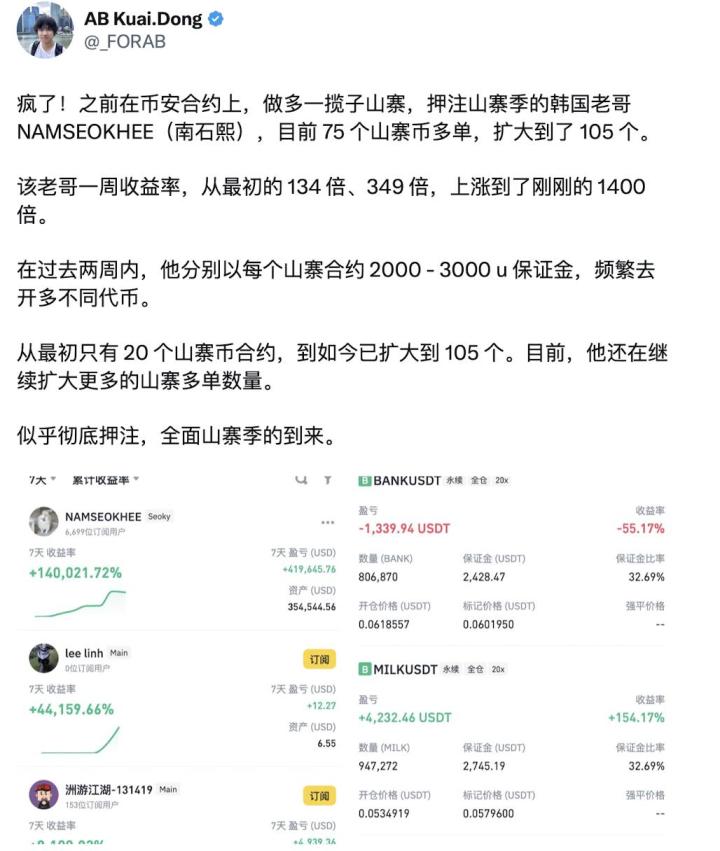📊 Unusual Data: After the Mango Markets attack, the total number of transactions related to "whitehat" activities on Solana increased more than threefold, an unexpected trend spreading across DeFi protocols within just 36 hours. The "grey area" capital flow suddenly became a hot air stream nurturing a seemingly cooling market. What just happened that made hackers... celebrated?
🔥 On-chain Data: When "attackers" are publicly rewarded?
Since the Mango Markets attack, related wallets have conducted over 83,000 USD in transactions labeled "user protection", with many fees returning to hackers up to 10-15% of total damages. Within 48 hours, the number of new wallet addresses receiving "bug bounty" tips increased 280% compared to the previous week. Even the volume on platforms like Immunefi witnessed an uptick during the downtrend cycle.
The meta on Twitter and Discord quickly transformed: while in previous years "attackers" remained in the shadows, now there are numerous memes mocking overly "anti-hacker" projects.
Before the Mango Markets incident, total damage from DeFi hacks in July was around 18 million USD. Just 72 hours after this event, market-wide losses jumped to 38 million USD, mostly due to projects "tested by on-chain creativity". This is not just a statistic, but is impacting the operational choices of many young projects.
🚀 New Model: Public "white reward" and the emergence of special capital flow
The strange point from the Mango Markets incident is not just the scale of losses (over 100 million USD), but the "negotiation" mechanism between the project and the hacker. The attacker publicly requested returning most assets, keeping a portion as bug bounty - and the community largely agreed. Many DAOs even organized governance votes to... legitimize the attacker's actions and collaborate with "whitehats".
"I've never seen the DeFi community so neutral towards hackers, they even turned the attacker into a new role model" — an on-chain analyst commented on X.
Consequence: Numerous projects immediately updated public "bug bounty" policies, proactively inviting "ethical hackers" to test code and publicize reward processes — instead of avoiding it like before. Capital began flowing to projects ready to spend heavily on 'risk exchange for spotlight' and the "safety-driven transparency" narrative.
💸 Capital Flow Shift: From DeFi fatigue to bug bounty hunting
Old but... outdated
The traditional DeFi meta during downtrend was the airdrop farming loop, hunting short-term incentives. However, as alpha becomes scarce and yield low, many "builder" groups shifted to exploiting code vulnerabilities and utilizing on-chain knowledge to earn unusual profits while maintaining an "ethical" image.
⚠️ Ethical Question: Trick, temporary, or long-term trend?
The continuous whitehat run repeatedly raises the question: where is the boundary between ethical hackers and ordinary attackers?
The essence of this model resembles some "concept-swapping" behaviors: when exploiting vulnerabilities is no longer absolutely bad, the larger the incentive, the higher the scam risk (like rug pull games that previously used "bug bounty" as a shield).
DeFi history has witnessed many trends of "normalizing system abuse" from 2020 yield farming to 2021 MEV sandwich, now whitehat bounty farming. But does this mean we'll see more "sophisticated scams" disguised as ethical actions?
🌱 Further: When the market adapts to "risk alpha"
On one hand, this model helps push DeFi back to the "Code is Law" trajectory and challenges project resilience. On the other hand, publicly rewarding security testing behaviors might soon become a new developer and investor onboarding standard.
However, the distinguishing point of success will depend on the project's transparency and reaction speed: those who mobilize the community well, neither promoting scams nor discouraging honesty — will be the last survivors in the DeFi winter.
🎯 Summary: When attention becomes the biggest asset
The Mango Markets incident is not just an ordinary security event.
It opened a new narrative where "grey capital" is spotlighted as an attention asset — not just for attackers, but also for builder communities, investors, and on-chain storytellers.
While DeFi shows signs of fatigue, vulnerabilities, drama, and community experiments become catalysts helping the ecosystem self-move, innovate, and shape new incentive models. Notably: this is a meta the entire market will have to learn to coexist with.








